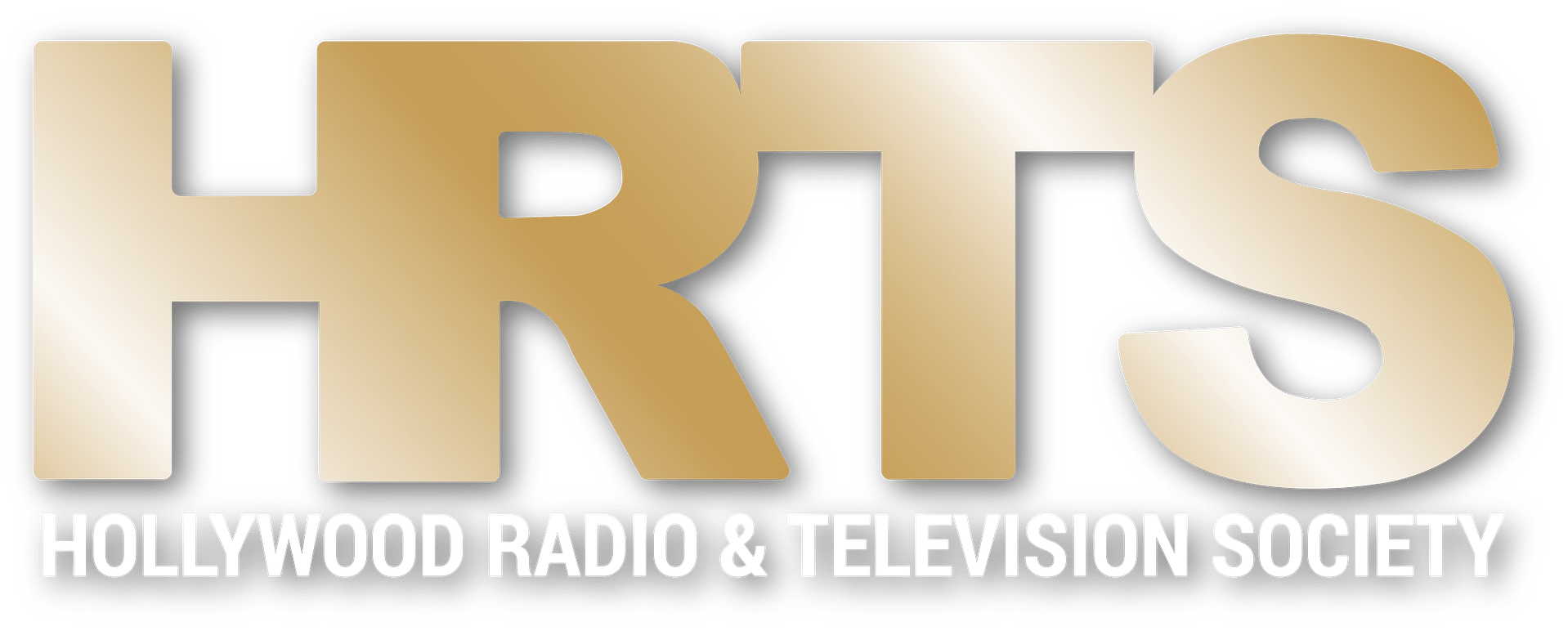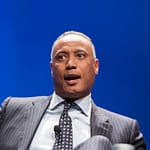Must-See TV. The Super Bowl is the most-watched telecast of the year. The NFL, the NBA, the UFC and others post strong ratings week-over-week. The Olympics are a global event, with people around the world glued to their televisions, computers, tablets and phones. And viewers tend to watch live, something becoming more and more rare in today’s time-shifted world.
On December 10th 2013, a group of movers and shakers gathered together inside the Beverly Hilton for an innovative discussion on the power of sports, the power of live.
ESPN’s Sage Steele moderated a freewheeling discussion with Peter Guber, Chairman & CEO, Mandalay Entertainment Group; Mark Lazarus, Chairman, NBC Sports Group; David Rone, President, Sports, News & Local Programming Time Warner Cable Inc; and Eric Shanks, President, COO & Executive Producer, FOX Sports.
Steele asked about broadcast rights fees for sporting events, specifically mentioning the 25-year, $8.5 billion deal between TWC and Guber’s LA Dodgers, asking the panel to “explain how a deal of that magnitude gets done”. Rone said that Guber and his partners “saw an opportunity not only to purchase a professional baseball team, they saw a huge media opportunity at its core. From that, they decided that they would start their own network”. TWC had recently launched networks around the Lakers and the Galaxy, and the company offered the Dodgers both programming and distribution. Guber said that the deal makes sense since “live events of all kinds have a unique aspect” and with sports specifically “the audience isn’t a passenger, they’re a participant, they think that they make a difference in the outcome, they root for the team, they feel it and that’s a very important component”. Lazarus said that when that where huge deals are concerned “the biggest risk for any of us is distribution, getting the MVPDs to believe that the product we have is indispensable to their customers”. Shanks said that what it all comes down to is that “spreadsheets can only get you so far, and then you have to take the bet – how much do you believe in the content?”
Steele noted that “many experts believe that there is a bubble and at some point we’re going to push consumers too much, to the point where they’ll say ‘enough is enough’ and there’ll be more cord-cutting”. Lazarus noted that cord-cutting is a problem for the television industry in general but not so much for sports programming since “people are buying differentiated packages through their provider, tiered packages but they’re not cord-cutting”, adding that streaming is helping to build out the Pay TV infrastructure.
As for the Olympics, Steele pointed out that NBC was criticized for not airing parts of the event live.
Lazarus said that “streaming everything live should satisfy that pure sports fan”, going on to note that “the Olympics aren’t really sports, they’re nationalism, they’re pop culture, they’re cheering for your country” since the real draw is the “packaged and curated stories, it’s about telling that story”.
Steele wondered about the regional sports networks, asking if they’re still the future. Shanks said “it is the future in the sense that it is the strongest tie you can have to a viewer” since “it’s a different business on the regional side, we’re not journalists, we’re not objective, we’re fans, we’re unabashed homers since we’re partners”. Lazarus agreed, adding that “local team ratings are incredibly high as compared to national”. It really is all about the connection between fan and team, Rone noting “you really get to go deep with the team, it takes you inside with the players in a deeper, richer way”.
On the technology side of things, Steele asked Guber about how the various different screens are affecting the business. Guber surveyed the room and pointed out that most people today are addicted to their mobile phones, checking them 271 times per day on average, and so “it tells you that this device is different, it’s not just a device to contact, it’s a device to connect, it’s an interactive experience”. This being the case, if “you’re going to provide some of the entertainment and engagement experience through these second and third screens” then your business model is built on the idea that “it’s additive, it’s not subtractive, it gives us a feeling that we are in it and of it, rather than passive to it” and “nobody wants a monologue anymore, they want a dialogue”. It is all about interactivity and engagement, Shanks adding that “you have to a build a brand, you have to have that one-to-one voice” and you have to ask yourself “how many re-tweets did you have today from fans?”
In closing, Steele asked “what in your mind would define success for you and your company in the next year?” Guber said that success is “to be brave, to take chances, to lean forward, to recognize that success lies in that space right near failure”. Lazarus said “our company is a new company, we’re a really well funded startup, we have the ability to take some risks and try some things and I think our success going forward in this coming year is in some of the risks we’re taking as a company”. Rone said “we’ve taken the risks and now it’s time to execute and deliver” since “it’s about execution, about getting the content out there to everyone in this room and beyond”. Shanks said “for me it’s not really about numbers, it’s more about the creative aspect of it”, adding that long-term brand building is their goal.
In the end, will sports continue to survive and thrive and be watched live? In 1963 the Packers and the Dodgers had a loyal fan base and in 2063 they will still have that fan base. And whether it’s a television, a computer, a tablet, a phone or an immersive 3-D hologram, people will always want to watch it live.
Photos by Chyna Photography
HRTS and JHRTS members can watch the video of this luncheon. Log in here with your HRTS username and password.






